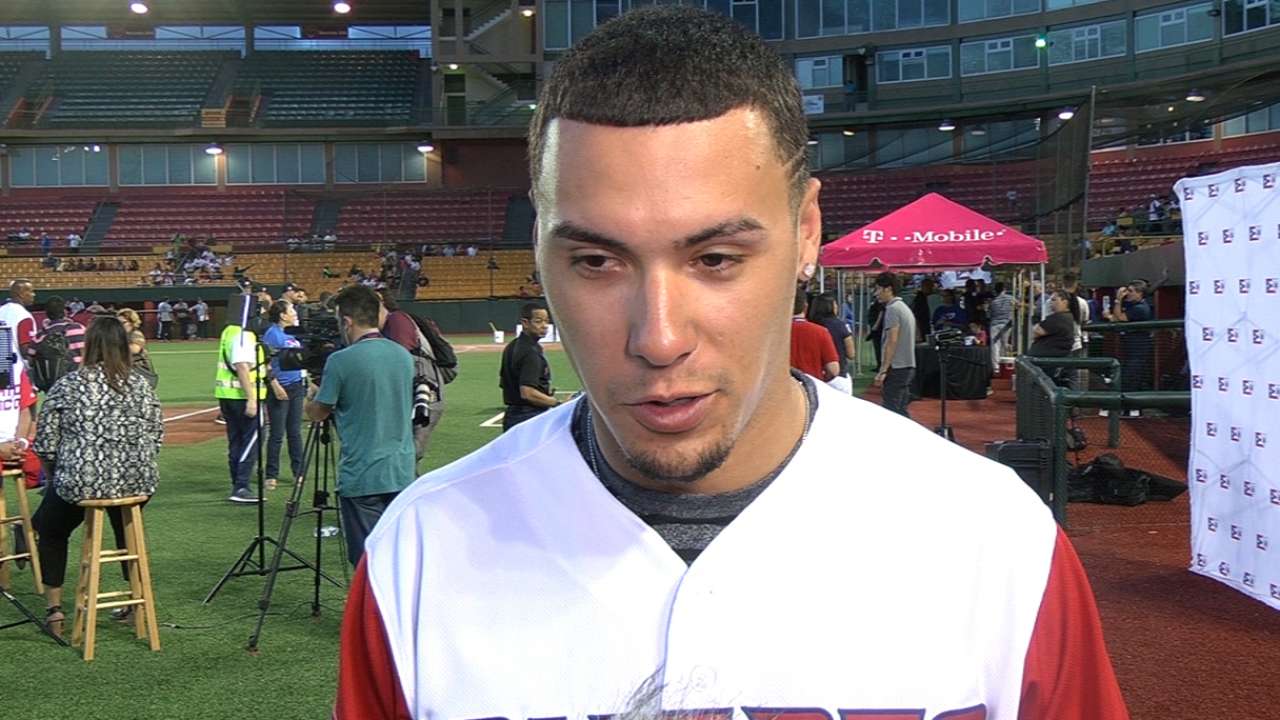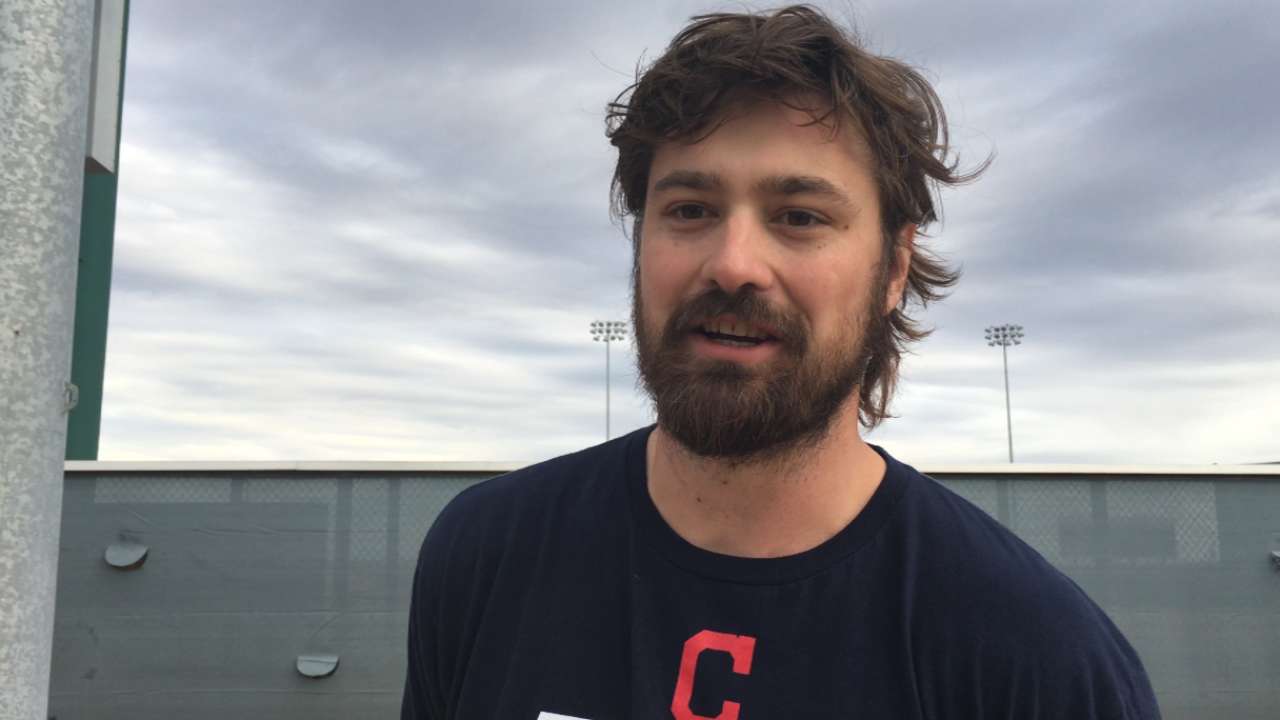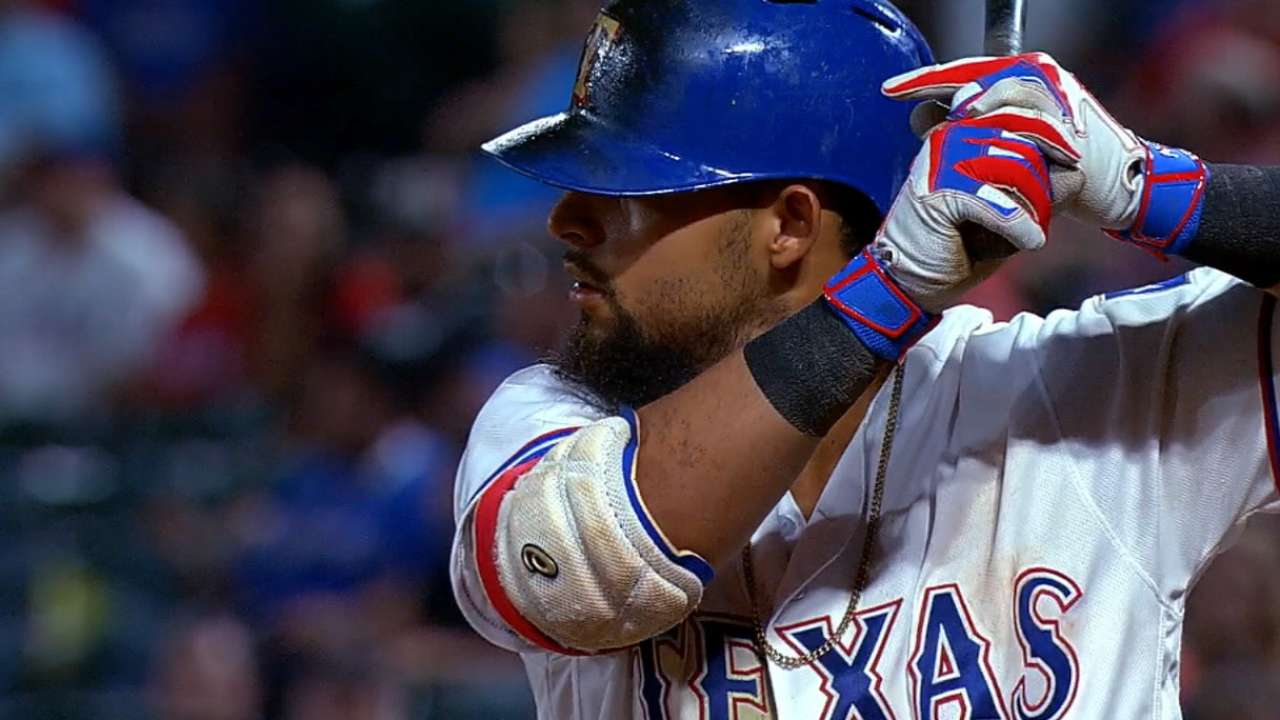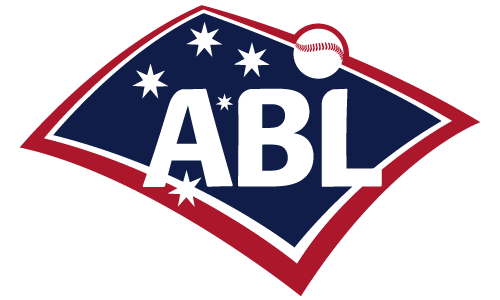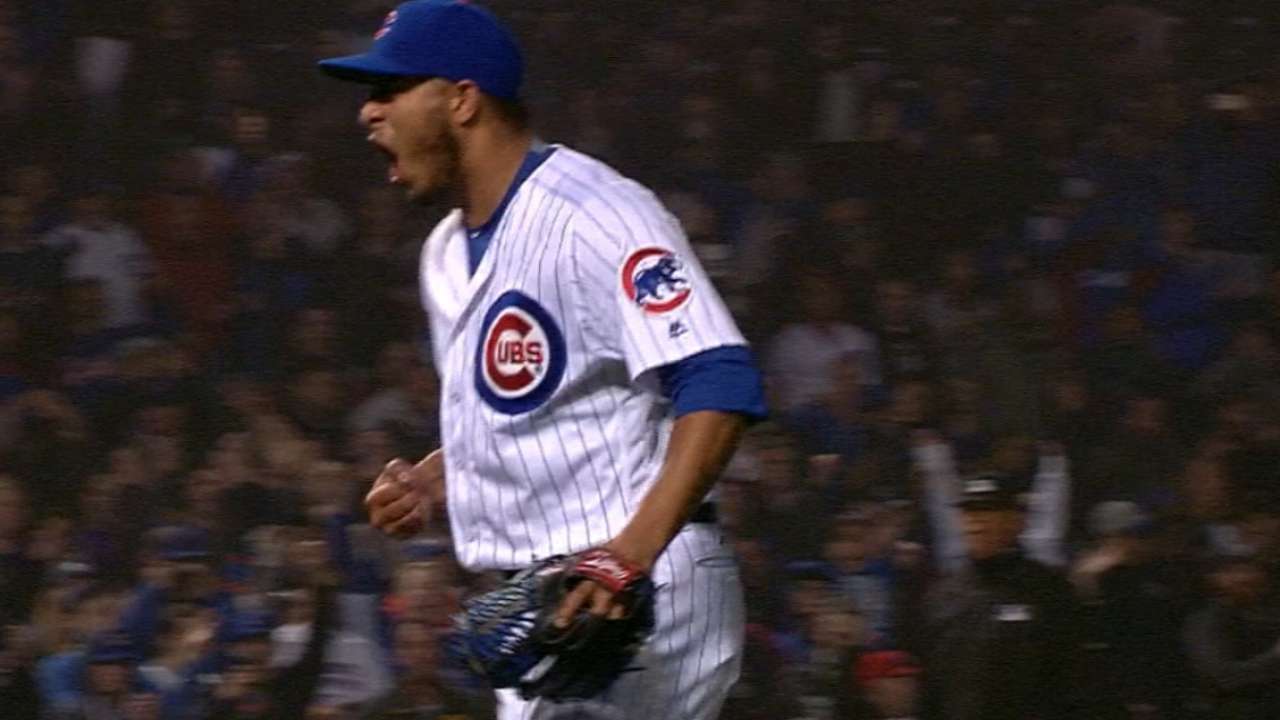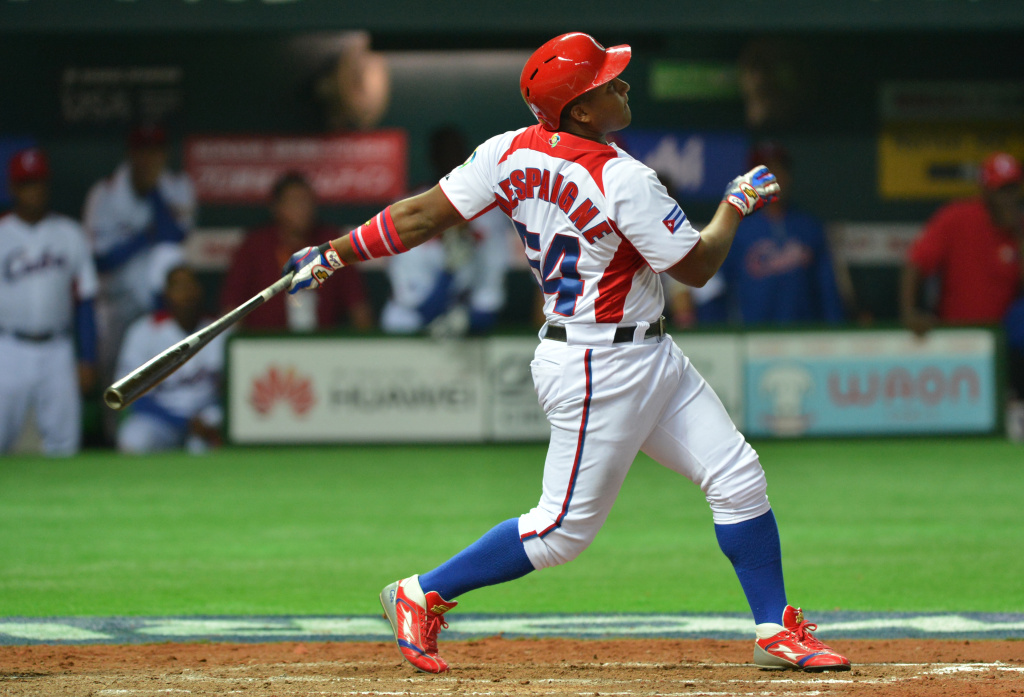How the Cleveland Indians drafted Francisco Lindor: the inside story -- Terry Pluto
CLEVELAND, Ohio -- Mike Soper was watching a high-school tournament game when he spotted a thin shortstop with hands quicker than a snake's tongue and feet like a ballerina.
"Who is this kid?" wondered the Cleveland Indians scout.
His name was Francisco Lindor. He was 15, a sophomore at Montverde Academy, a boarding school near Orlando.
"I wasn't at that game to look at any particular kid," said Soper. "Or at least, I know I wasn't there to see Francisco."
There were only a few scouts at the game. Soper sent an enthusiastic report to Tribe scouting director Brad Grant.
"Frankie was just a kid, not yet the major prospect that he became," said Soper. "But he didn't look that far away from being a major league shortstop defensively."
Really?
"Really," said Soper, knowing Lindor would not be a secret for very long. By the time he was a senior in high school, Lindor was being scouted by every team.
"I saw a game where there were at least 100 scouts," said Grant. "It was a game where Frankie's team was matched up against (Javier) Baez."
Baez was a star shortstop for Arlington Country Day School in Jacksonville. At 6-1 and 205 pounds, Baez looked like a man on the field. His stats were astounding: He batted .771 with 22 homers and only three strikeouts in 83 at-bats.
"When Frankie and Baez were seniors, we had them both ranked very high," said Grant. "We thought it could come down to picking between them."
Everyone in the baseball scouting business knew about Lindor. The same with right-hander Trevor Bauer, who had a 38-4 career record at UCLA.
The Indians were picking eighth in the 2011 draft. They loved Bauer. For a while, they thought Bauer could slide down in what was supposed to be a pitching-rich draft.
"But by the draft, we knew that wouldn't happen," recalled Indians General Manager Chris Antonetti.
College pitchers were the first three selections:
1. UCLA's Gerrit Cole to Pittsburgh.
2. Virginia's Danny Hultzen to Seattle.
3. UCLA's Bauer to Arizona.
Soper was relieved when Seattle took Hultzen.
"One of their people told me that they loved Lindor," the scout said. "They flew him to Seattle for an interview. I believed he could go as high as No. 2 in the draft. He was that good."
Trying to guess who would be available at No. 8 and be of interest to them, the Indians had a circle around the names of Rice third baseman Anthony Rendon, Lindor and Baez.
Rendon was considered the best college hitter in the draft. At Rice, he had a career average of .371 with an eye-popping 1.189 OPS. He had two ankle surgeries and a shoulder problem while in college, and that probably prevented him from being selected at the top of the draft.
The draft continued to favor pitchers:
4. Baltimore took Dylan Bundy, rated the top high-school pitcher in the draft.
5. Kansas City took Bubba Starling, a high school outfielder.
6. Washington took Rendon.
LUCKY SEVEN FOR THE TRIBE
The Indians had decided to pick Lindor over Baez.
"The reason was Frankie was a natural shortstop," said Grant. "Most kids you see playing short in high school are the best athletes on their teams, but they probably will have to switch to another position as a pro."
Not Lindor.
"I've been scouting for 20 years," said Soper. "I've never seen a high school shortstop play the position like Francisco."
The Indians liked Baez, but believed he'd be a third baseman in the majors. The No. 7 pick belonged to Arizona. The Diamondbacks had already taken Bauer at No. 3.
The Indians stared at the draft board, wondering if Arizona would grab Lindor. Would they take another pitcher so high?
They did. Arizona called the name of Archie Bradley, a high school pitcher from Oklahoma.
The Indians smiled and picked Lindor.
THE TRIBE'S TURN
By the time the Tribe picked, the draft looked like this:
Three college pitchers: Cole, Hultzen and Bauer.
Two high school pitchers: Bundy and Bradley.
One college hitter: Rendon.
One high school hitter: Starling.
They quickly called the name of Lindor, the 5-foot-11, 170-pound switch-hitting shortstop.
"He was only 17 years old," said Grant. "But you just knew that he had 'It'. By that, I mean more than physical ability. That smile you see today, it was the same back then. And the passion and joy of playing the game. He was loved by his teammates. Watching him take infield was so much fun."
Grant never said it out loud, but he watched a young Lindor and thought of another shortstop -- Omar Vizquel.
"We loved Francisco," said Antonetti. "The one player who would have made it hard for us to take him would have been if Rendon was available. He had some injury issues, but we really liked Rendon."
Antonetti said the one pitcher they considered at No. 8 was Joe Ross, who was 5-5 with a 3.64 ERA for Washington this season, but they had Lindor ranked higher.
"Our scouts really like Francisco," he said. "We felt great making that pick, especially because he also had such a great background."
THE BACKGROUND
The Indians had several scouts look at Lindor, but it was Soper's job to check out his family and character.
Lindor was born in Puerto Rico. He moved to the Orlando area at 12. His parents were divorced. His father moved to Orlando and remarried. He lived with his father, step-mother and sister.
"They were a good family and Francisco was a good kid," said Soper. "He has a tremendous work ethic and passion for the game. He was driven to succeed for himself and his family. You could see it."
As Soper told the Indians, "This is a great kid and a five-tool player."
The Indians also thought his time in Florida was an advantage. He spoke Spanish in Puerto Rico and now had learned English. Being bilingual would help him receive coaching and be a major asset in getting to know his teammates.
"That made him unique," said Grant. "He wanted to learn English and he did it quickly. It has really paid off."
Something else was important to the Indians.
"We were very sure that he'd sign," said Soper.
Lindor did have the college option, with full scholarship offers from several schools, including Florida State. He eventually did sign -- right before the deadline, with a $2.9 million bonus.
THE SCOUTING REPORTS
Baseball America ranked Lindor as the No. 8 prospect in the 2011 draft. Here is part of the magazine's report:
"A baseball rat, Lindor has tremendous work ethic to go with above-average tools, and he plays the game with ease and passion. He's a switch-hitter with a line-drive stroke from both sides of the plate, and he has excellent hands that work both at the plate and in the field.
"He has the tools to play shortstop well at the highest level, with smooth actions, fluidity, instincts and good fundamentals. He's a plus runner but not a burner. Lindor's power is the biggest question about him. He has flashed more than just gap power at times, which was pushing him up draft boards... Scouts haven't scoffed at Omar Vizquel comparisons. Scouting directors said Lindor was a legitimate candidate for the No. 1 overall pick, but more likely he'll slot in just behind that."
MLB.com had this:
"Lindor has the chance to be an impact player on both sides of the ball at a premium position. He'll definitely be able to stay at shortstop with plus defense, showing outstanding range and a strong arm.
"At the plate, he's gotten stronger and he could grow into enough power to hit 15 or so homers annually, enough to keep pitchers honest, along with hitting .290-.300 every year. While he's a solid average runner, he could be a potential leadoff hitter in the future, thanks to his strike-zone knowledge and willingness to take a walk to go along with his ability to swing the bat from both sides of the plate.
"Lindor is a high-energy player with good makeup, one who is almost certainly the top high school position player, according to talent, in this draft class."
Soper said one of the things that impressed him about Lindor was a discussion about switch hitting. A natural right-handed batter, Lindor began to hit lefty when he was 12. But he seldom faced a lefty pitcher in high school, so he was batting lefty nearly all the time.
"He started to be right-handed at times (against righties) just to keep his swing and timing," said Soper. "I thought that was really smart."
LOOKING BACK
So what happened to the top of the 2011 draft?
1. Gerrit Cole is a big-time starter with Pittsburgh, owning a 39-20 career record with a 3.08 ERA.
2. Danny Hultzen has had arm and shoulder problems. He's 14-9 with a 2.84 ERA in the minors, but health is a major question mark. He didn't pitch in 2014, and threw only eight Class AA innings this season.
3. Trevor Bauer is 11-12 with a 4.69 ERA for the Indians this season. He came to the team in a three-way deal involving Shin Soo-Choo.
4. Dylan Bundy has had arm problems. He was 0-3 with a 3.68 ERA this season in Class AA. In the last three years, he has pitched only 63 minor-league innings.
5. Bubba Starling batted .254 with 10 HR and 32 RBI in Class AA this season.
6. Anthony Rendon has been in the majors for three years with a career .278 average (.774 OPS) for Washington.
7. Archie Bradley reached the majors this season with Arizona. He was 2-3 with a 5.80 ERA in eight games, but battled injuries and ended up in the minors.
THEN THERE'S LINDOR
On June 15, Lindor was playing for Class AAA Columbus when he received this text from Tribe Manager Terry Francona: "Come on, Frankie, Get Up here! Congrats!"
Lindor was batting .282 with 2 HR and 22 RBI for the Clippers. The Indians didn't know if he'd make a big impact with the bat, but they were sure he'd be a major asset in the field. It's hard to know how a 21 year old will hit in the majors, especially when his numbers were not sensational in the minors.
But here's a clue: Lindor was batting .404 in the 10 days before his promotion.
In his first 111 plate appearances before the All-Star break, Lindor batted only .223 (.568 OPS).
"I've seen guys who come up (from the minors) and really hit in the first 100 at-bats," said Francona. "Then they (opposing pitchers) figure them out. But Frankie has been the opposite."
Lindor is batting .356 with 10 HR and 42 RBI since the All-Star break.
"What I stressed to him is that if he shows that winning and playing the game the right way are important, the veterans will quickly accept you," said Francona.
Lindor has done that. He leads the team with 13 sacrifice bunts. He has seven sacrifice flies. He is 9-of-11 in stolen bases. He has taken criticism from teammates such as Michael Brantley with a good attitude.
"Not every 21 year old is accepted right away like Frankie," said Francona.
Lindor is putting together a strong case to be Rookie of the Year. He is batting .323 (.856 OPS) with 12 HR and 51 RBI. The respected website Fangraphs rates him the No. 4 defensive shortstop in the American League. He's rated as having the best range.
And he's only 21.
The Indians are trying to keep the pressure of great expectations off Lindor. But they also know they have a young, charismatic star -- something the franchise really needs.
"We know he's special," said Francona. "We don't want this kid to have to learn on his own. We just want to help him be the very best player that he can be."

